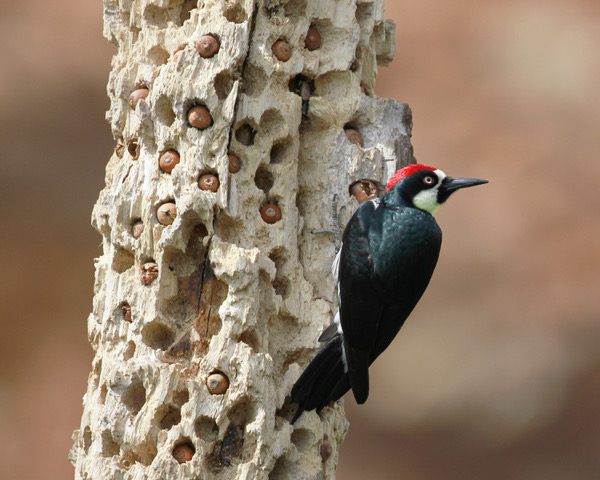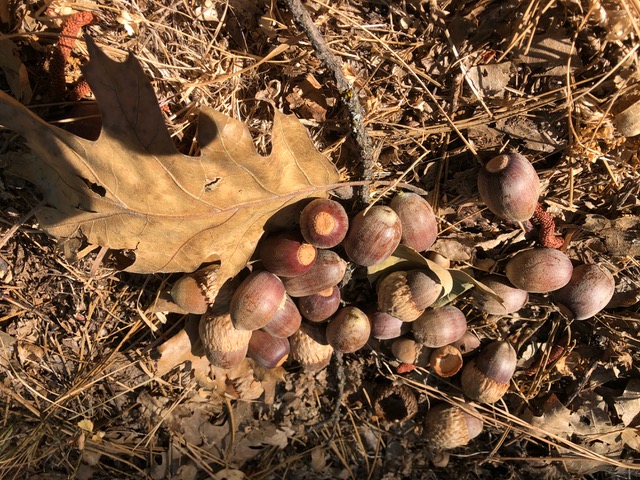
This year California black oaks (Quercus kelloggii) have been producing a bountiful crop of acorns - referred to as a mast. We often think of acorns as only being the food source for birds and small critters such as chipmunks and squirrels, but animals such as black bears and deer also rely on these nutritional nuts.
Many animals build up fat reserves in preparation for hibernation or for the long winter where food becomes scarce. Acorns are pivotal for proper winter preparation for many species due to their high fat and protein content. Only 1 oz of acorns contains 7g of fat and 1.7g of protein!
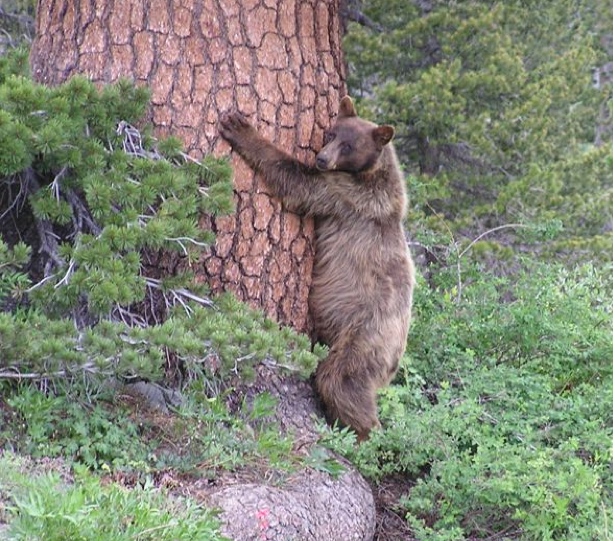
Acorn masts can vary widely in volume, creating an abundant food source or causing great stress on the species that rely on them. Where oak trees are part of the dominant overstory the production or lack thereof can greatly impact the success of winter survival and reproduction.
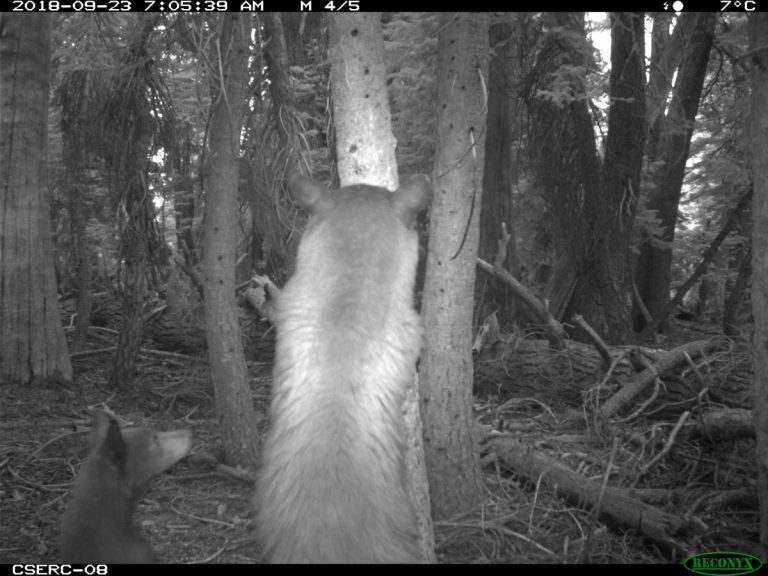
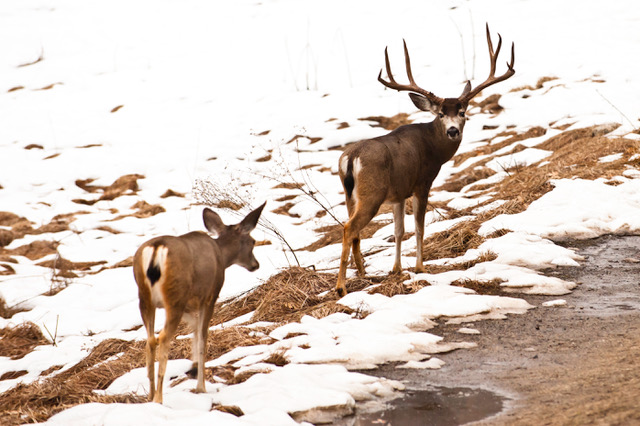
While squirrels and chipmunks are typical of species that people expect to feed on acorns, the acorn crop is also highly important for deer, bears, and many other species. Bears can be seen at times in the fall “grazing” on piles of acorns under especially productive oak trees. During lean times - months after the winter season has begun - deer often will feed on the nutritious acorns that they find on the ground – even sniffing them out beneath a layer of snow.
Hopefully the next time you see a little acorn you will better appreciate its’ immeasurable value to our forest ecosystem!
